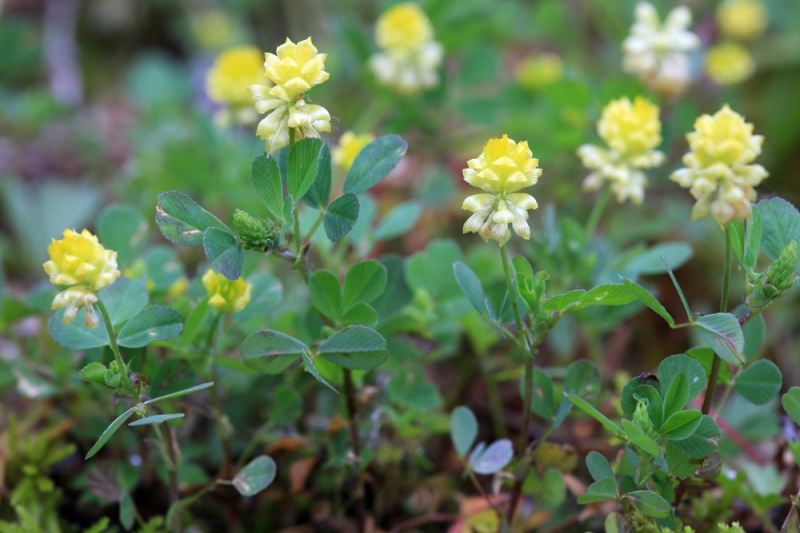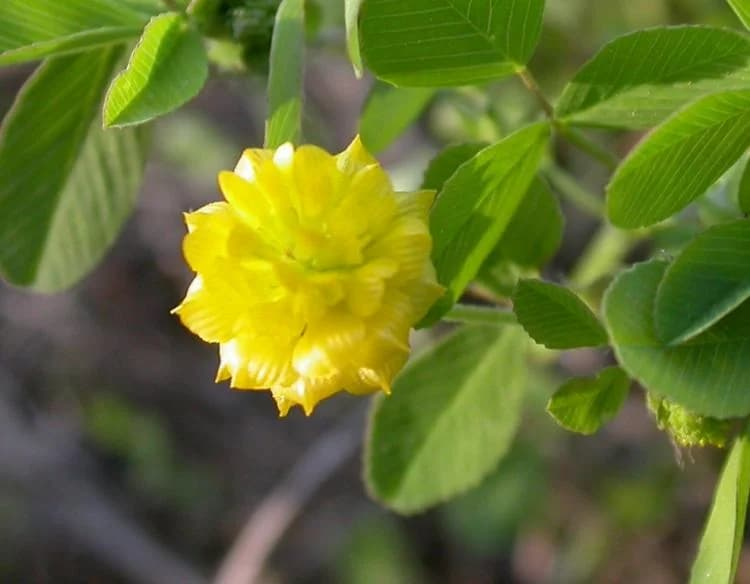Black Medick

Black medick belongs to the member of the legume or clover family, which occurs in every continent. The trifoliate, low-growing annual, biennial, or short-lived plant has three pinnate leaves. The height of mature plants ranges from six to thirty-one inches. Up to fifty tiny flowers were gathered in the somewhat elongated cluster of bright yellow and tiny florets. The majority of stems have silky hair and are prostrate, slender, angled, and branching.
Single pods contain tiny, kidney-shaped fruits that develop to become black. Black medick roots are difficult to extract because of their fibrous strong taproot. Inflorescences bloom from April to September. It prefers direct sun. Black Medick is primarily found in compacted soil, along roadsides, in fields, on lawns, and in waste areas. The bacteria that fix nitrogen are likewise housed in nodules in the roots.
They were employed as a plant for making fodder and for making honey. Reproduction begins with the seed. These tiniest flowers are named after a member of the Medicago genus. It thrives in well-drained, dry to damp soils.











